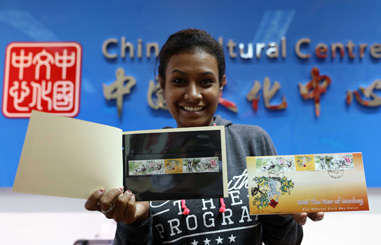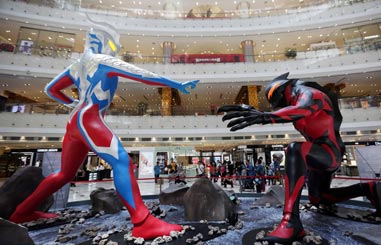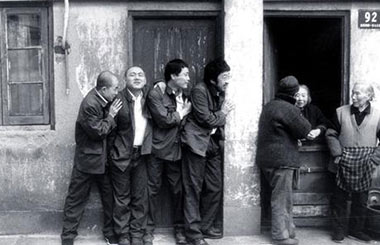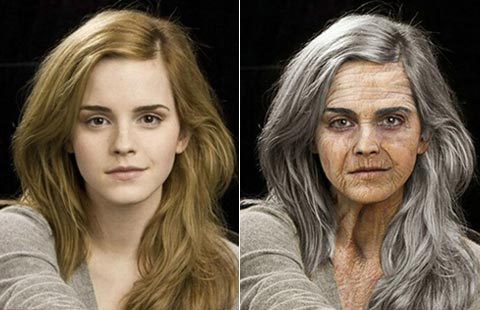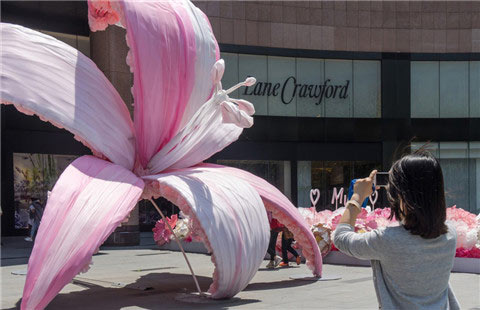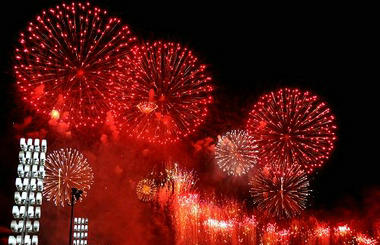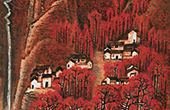Cartoonist Golo: Drawing is what I do
By Ruan Fan ( chinadaily.com.cn ) Updated: 2016-05-05 10:29:46
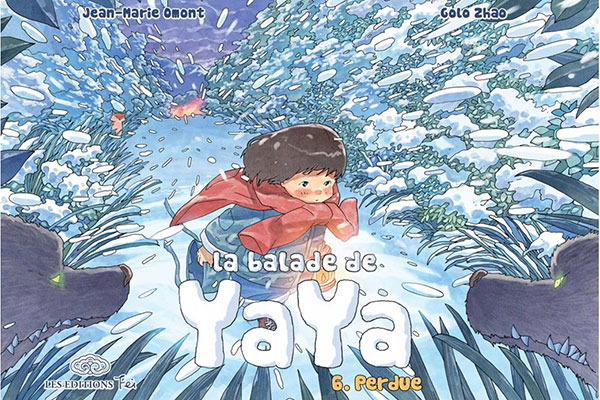 |
|
Cover of the sixth episode of La Balade de Yaya. [File photo] |
Inspired by camera
Zhao insists on using film camera, and often carries one with him.
"I bought this on Taobao.com for only 100 yuan (about $15)," he says showing his 70s Fuji antique.
Zhao said he doesn't mind spending money on the films, developing a film or having to wait for some time before he can see the pictures, because pictures taken by film cameras are irreplaceable.
"I use the film camera to take pictures of people, architectures and places as materials for creation. I often got from them inspirations. I can't possibly get inspiration from photos taken by digital ones."
By applying more wide-angle, close-up and consciously take photos with various field depths, pictures Zhao takes by film cameras usually have the right light, tone, structure, atmosphere, and certain themes, which could be emotionally provoking, something he acknowledges.
"The feeling you get from the pictures, or from taking the pictures, is so different from those through a cell phone, it doesn't make any difference even if you process them with various filters," Zhao said.
"Now I use digital cameras only to take pictures for details of a building or something, or objects," he said.
In Beijing, there are not so many good film-developing stores left, or in Zhao's observation, two. Zhao would travel across half the city sometimes to get the films developed, and he said it was all worth the time.
In La Balade de Yaya, Zhao's cartoon series, many scenes are from real life.
"I made a trip to Xitang, a county in East China's Zhejiang province, to take photos for a right setting."
Zhao said it was the photos he took in Xitang that enabled him to visualize what was simply put in script "setting: village".
In the cartoon, the beauty of the eastern China water town was translated by his drawing, that people might get a more direct sense of how peaceful and beautiful a place it used to be, and how brutal the war is to have turned all of it eventually to ruins and shambles.
"A good photo communicates emotion, it allows me to produce stories in space and time within its frame. This is what I call real photography, and it means a lot to me."
|
|
|
|
|
|
|
|

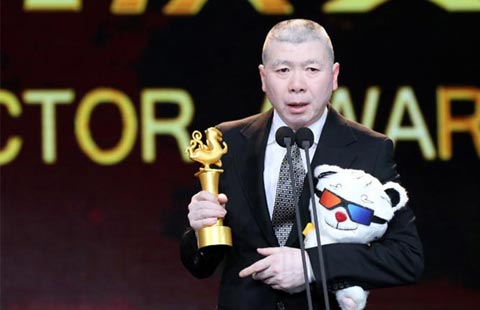
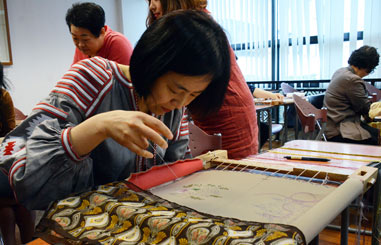
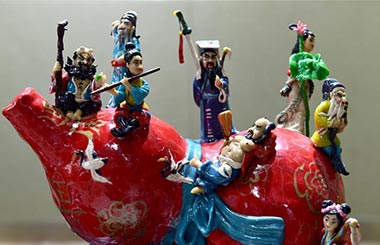
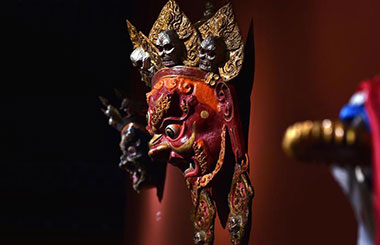
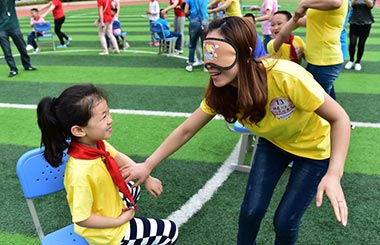

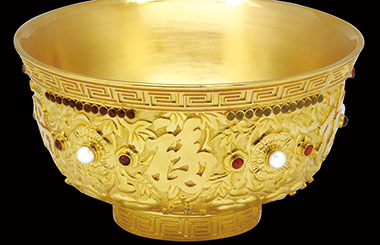
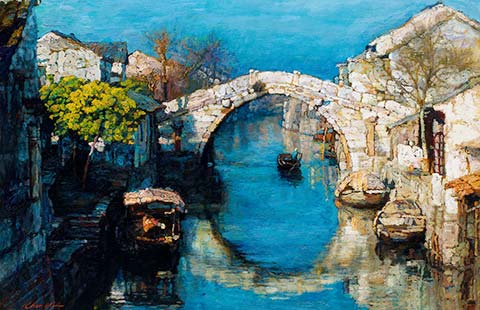
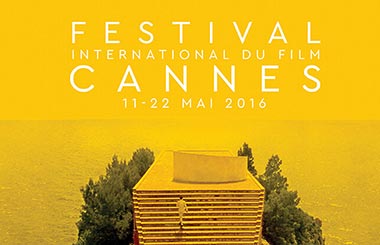
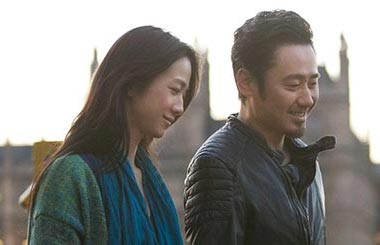
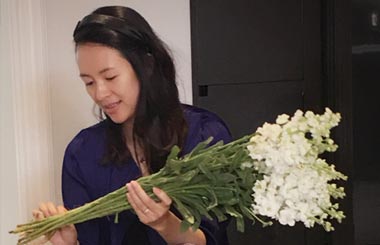
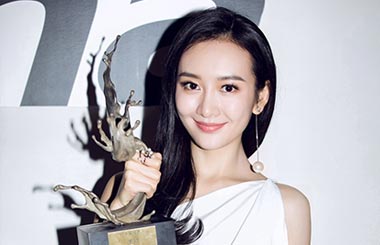

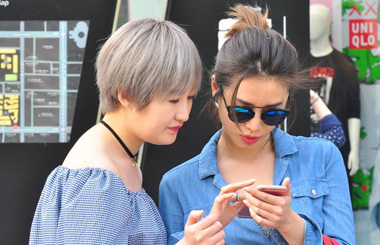


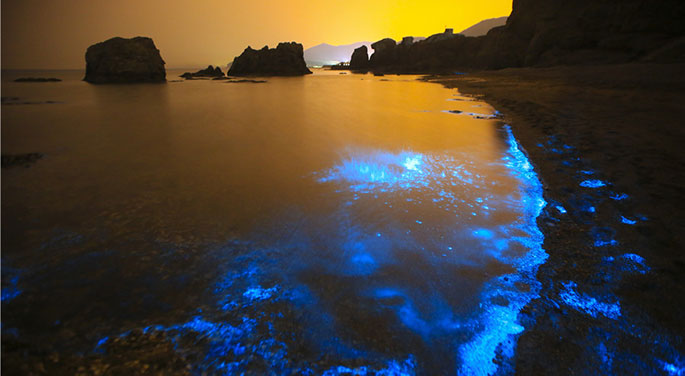
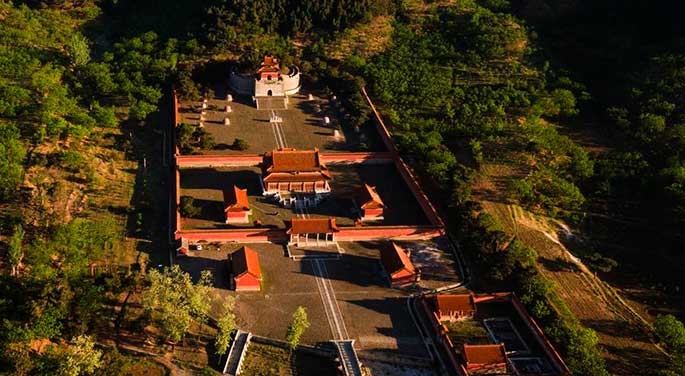


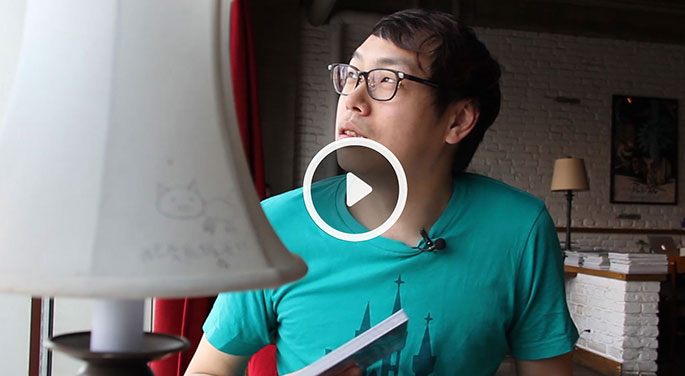
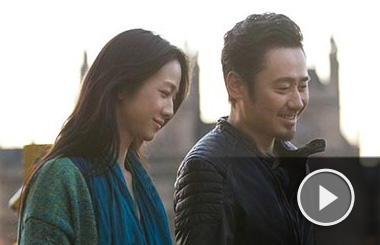

 Raymond Zhou:
Raymond Zhou: Pauline D Loh:
Pauline D Loh: Hot Pot
Hot Pot Eco China
Eco China China Dream
China Dream China Face
China Face
